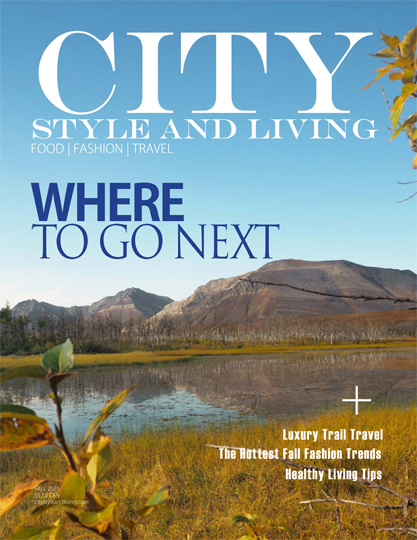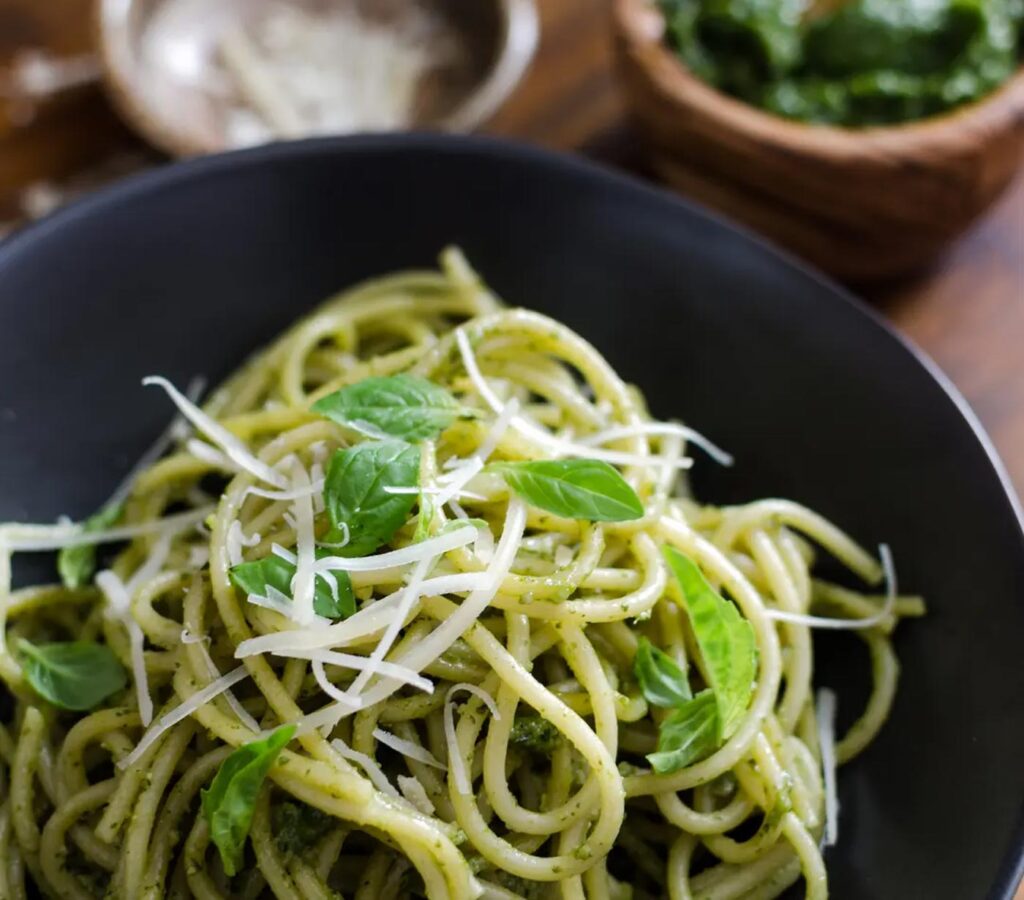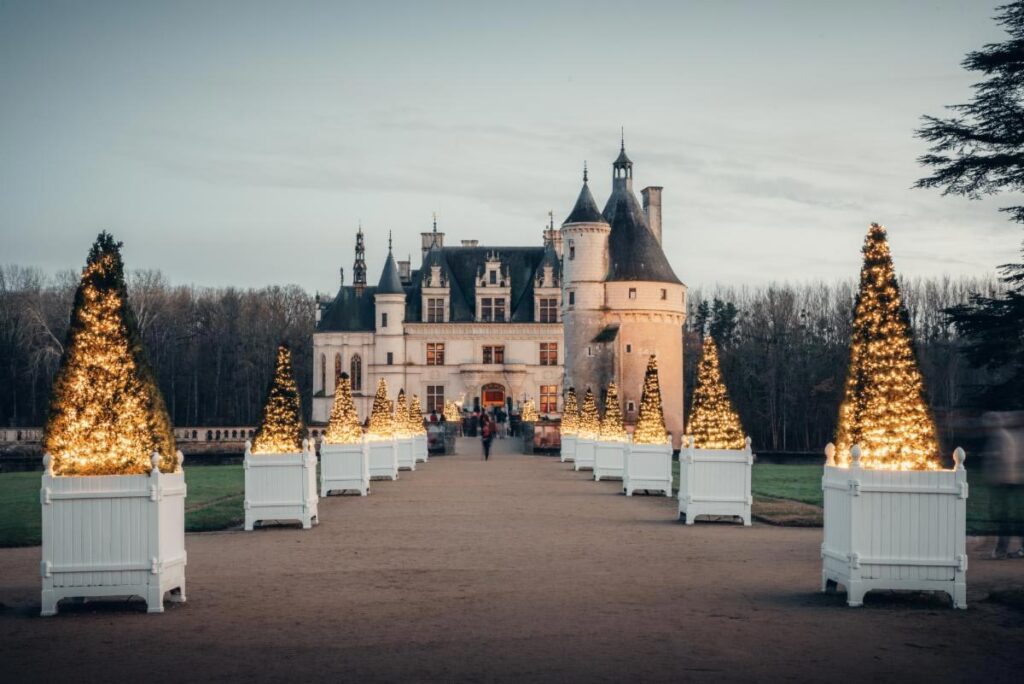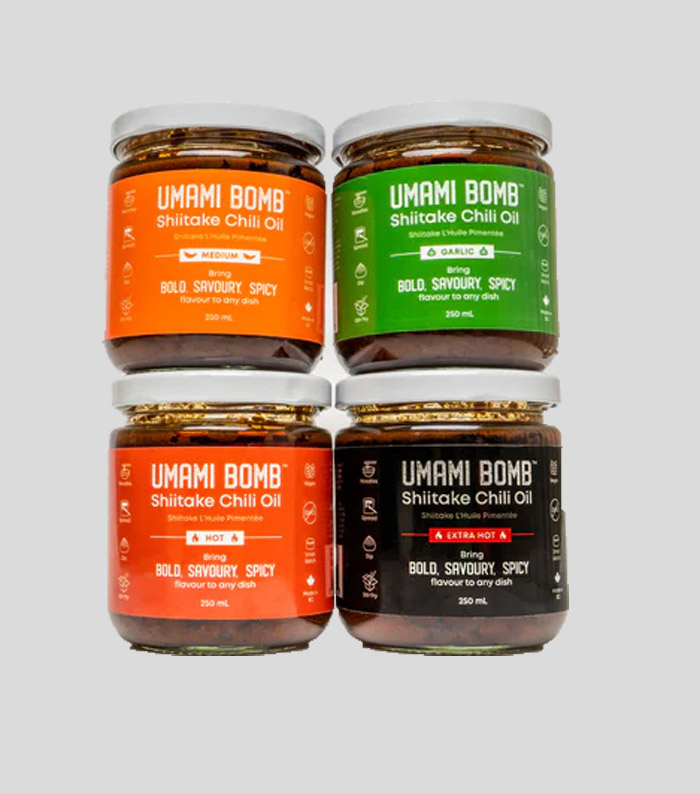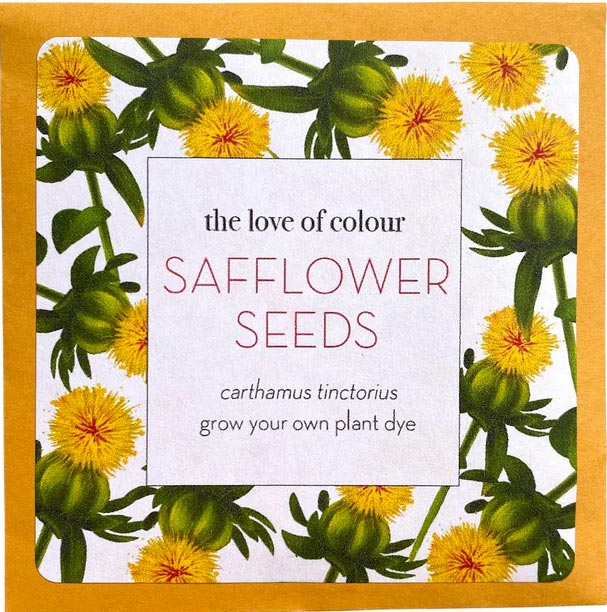
What seeds can teach us
As the garden yawns, preparing for the great winter slumber, the sun’s rays arc in such a way that whisper of eternal things and things to come. The sunflowers, not pecked at by the birds are slowly drooping, the brassicas towering past their neighbours, the pumpkins turning golden. A few weeks more and another of nature’s organic processes, decay, shall overtake the ripening.
How did this all come into being? Mere months ago, snow obscured even the most obstinate spike of liatris, scant fruit canes poked proudly from mounds of white, dried iris leaves cantilevered in seeming despair, and the spindly, burgundy branches of a prunus tree quivered in the wind – the only signs that, perhaps, there had once been something verdant here.
How, in the intervening months, did the scattered chervil become a mini fairy-land of dappled shade for mystical imaginary immortals and a few slugs? How did the zucchini leaves swell seemingly overnight to become a sort of jungle umbrella that no laser could ever cut into such fascinating shapes?
I have often thought that I was the sower of seed, plans and diagrams, catalogues and books and pictures in tow. I had thought that careful planning and knowledge had birthed this, that by my hands all this was made. The folly of this thought shows rather quickly in a garden. It occurs to me now, after a little observation and patience, how foolish it is, how very mechanical and simplistic (input equals output).
It cannot be that I alone am responsible for this for there are too many others. The ants that circle the peony buds, the worms that till the compost, all manner of bugs that keep the soil alive, the ground beetles that hunt nocturnally and of course, the glad and wondrous bees who pollinate everything, all working without so much as a wish or command from me.
While it is true that sometime, when all frost had past, and dreaming of summer, I had dug trenches and scattered seeds in the ground, covering them over and watering them. I had even implored the universe, in that most ancient and heartfelt way, for an abundant harvest so there would be enough for those creatures who would take their share and in acknowledgement that we must all live (and eat).
But, to think that I was anything more than a player, one among many, in what became a grand harvest of fruits and vegetables, of colour and sound and scent and pleasure, is conceit, if not willful ignorance. Yes, with humankind’s collective knowledge, I can pollinate and till and make amendments to the soil and even dispatch bugs with spray, but those creatures do it more efficiently and effectively that I ever could or would ever care to – a garden is an ecosystem after all.
Perhaps annuals, more than other plants beg the question, where has this come from? To see, in the palm of my hand a tiny black dot become an extraordinary flower or vegetable is astonishment on the order of death and birth itself. How, how could this whole thing, leaves and all, fruit and all, flowers and all, come from, nay, emanate from that mere wisp of a seed?
When I have divested that one small act of planting from biology and science, from culture and history, from ego, I suppose, what remains is the sheer awe of being. That this should exist – any of it, all of it. CSL
This original editors letter article first appeared in the Fall 2020 issue of City Style and Living Magazine.
#CityStyleandLiving: Instagram, Twitter, Facebook, Pinterest
